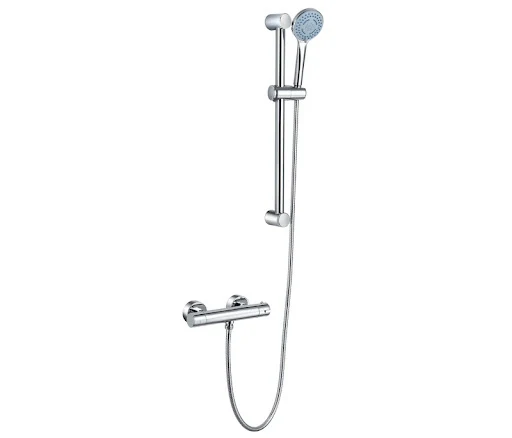What an installer should know
It is not something that anyone would want or expect to see the water from their kitchen tap's WC pan. This could be due to faulty installations of ablutionary bathrooms in homes across the UK.
The fittings for ablutionary showers can be used to clean the toilet. They are similar to toilet seat bidets, showers, and bidets.
The WRAS Water Regulations Guide explains that every water system must have adequate measures to prevent fluid from backflowing into the wholesome water supply. This includes any fitting, appliance, or process. Backflow incidents are becoming more common due to the increasing popularity of ablutionary baths that are located near WCs. Due to the nature of ablutionary baths and their intended purpose, there is a high chance of contamination of the drinking water supply. This risk is exacerbated by the proliferation of internet sites that offer incorrect or incomplete information on how to install these plumbing fittings.
Although ablutionary showers were a common practice in Europe for centuries, they have become more popular in the UK in recent years.
The UK's water regulations and fitting guidelines are different to those on the continent. An ablutionary shower can pose serious health risks if it is not installed correctly. Problem is that many ablutionary water showers are installed in bathrooms or en-suites and can get below the spillover level of WC pans and bidets. Backflow prevention is often not adequate in these devices, which can lead to contaminated water returning to the drinking water supply. Common error is to install a hose that could reach the bath, WC, or washbasin.
Water Fittings Regulations categorize the risk of fluid backflow from fluids that come in contact with ablutionary baths as Fluid Category 5. This is the highest level of risk due to the presence of bodily fluids and fecal matter. Installations in Fluid Category 5 must have adequate air gaps between the fitting and any contaminated liquids. An "interposed cistern" is an arrangement that works well for category 5 installations. It has an air gap known as a Type AUK1 air gap. This stops water from the WC pan or bidet from getting back through the air gap at the inlet valve of the cistern into the wholesome water supply.
If the water pressure fluctuates, it is possible for contaminated water to be siphoned back into your drinking water supply without the interposed cistern.
Burst water mains can cause pressure changes, but other users may open taps or other outlets while the ablutionary is being used. Installers believe that they can comply with Water Fittings Regulations by installing a double check valve on the hose feed to stop water from flowing in the opposite direction. The Water Fittings Regulations say that a double-check valve is only for protection against fluid category 3 backflow. It cannot be used to protect from backflow from ablutionary rains.
It is important to ensure that the right level of fluid category 5 backflow prevention is considered when designing and installing these types of washing facilities. While ablutionary showers are not always easy to install according to the required standards, there are simple ways to make sure they are. A type AUK1 air gap arrangement is the best way to prevent backflow. This can be used to supply hot water to a dedicated heater.
A pipe interrupter (Type DC) may also work. However, the design details can be difficult and other problems could arise from reduced water pressure or flow. It is important to consider all options before you decide on this route.
It is a good idea to inspect the water supply system of the homeowner before installing any backflow protection devices. This will ensure that the best solution is used.
Installing ablutionary showers incorrectly can pose a danger to your health. It is important that installers do their research to ensure safe and compliant installation.



